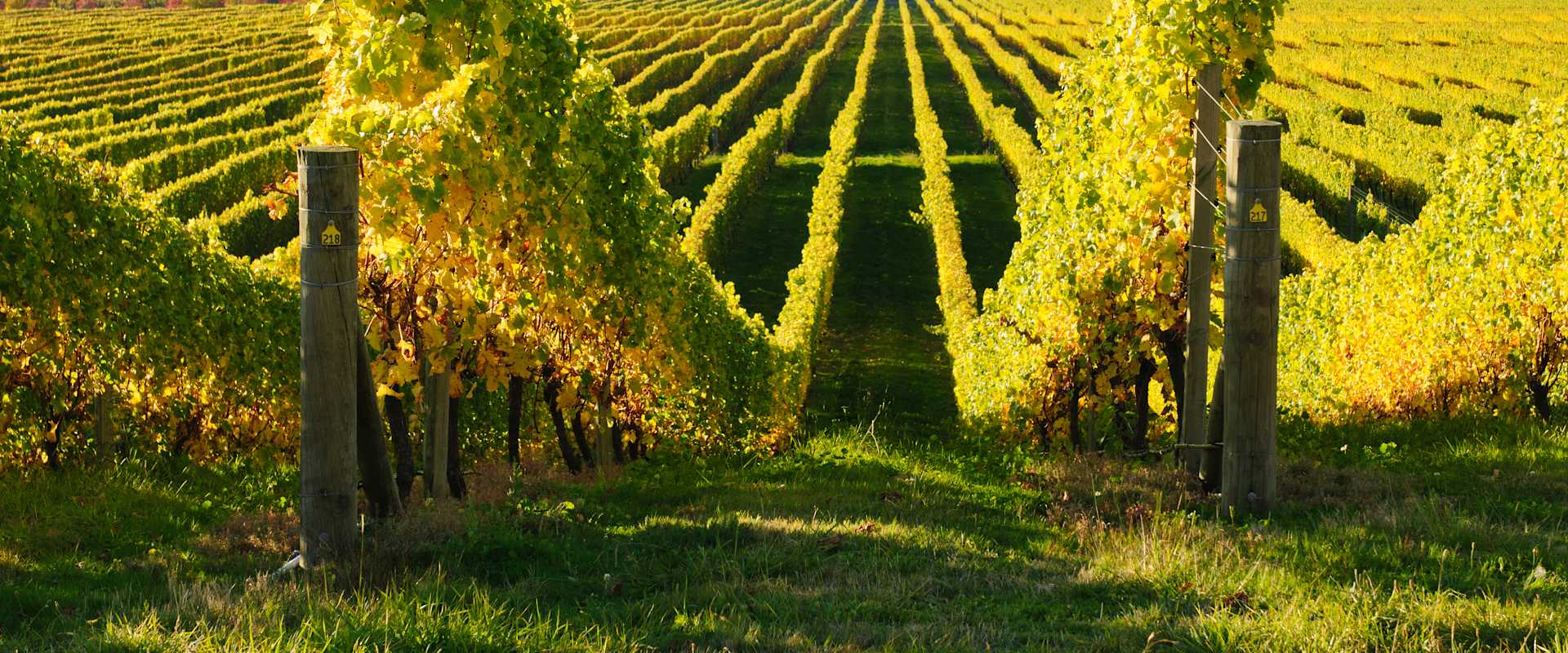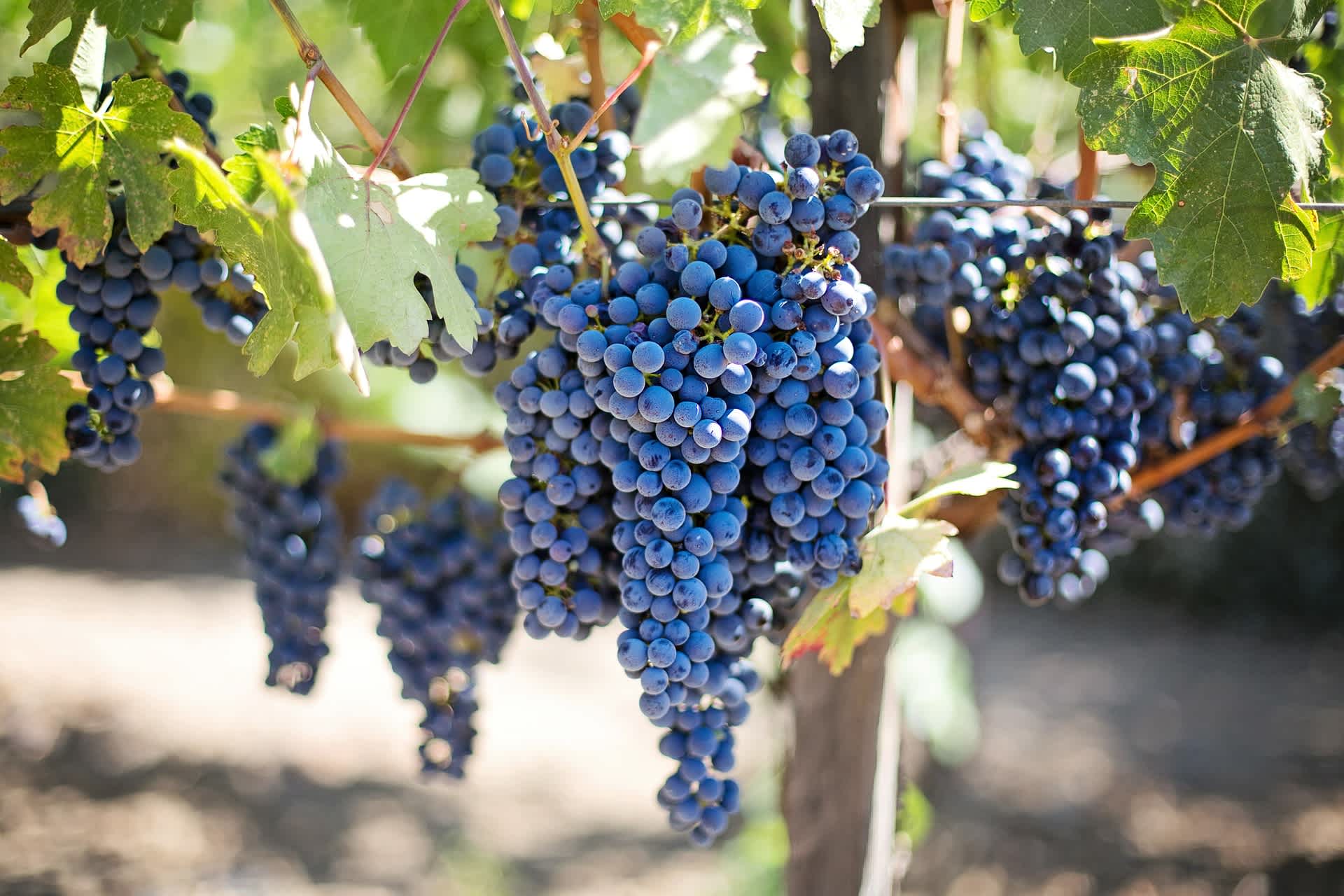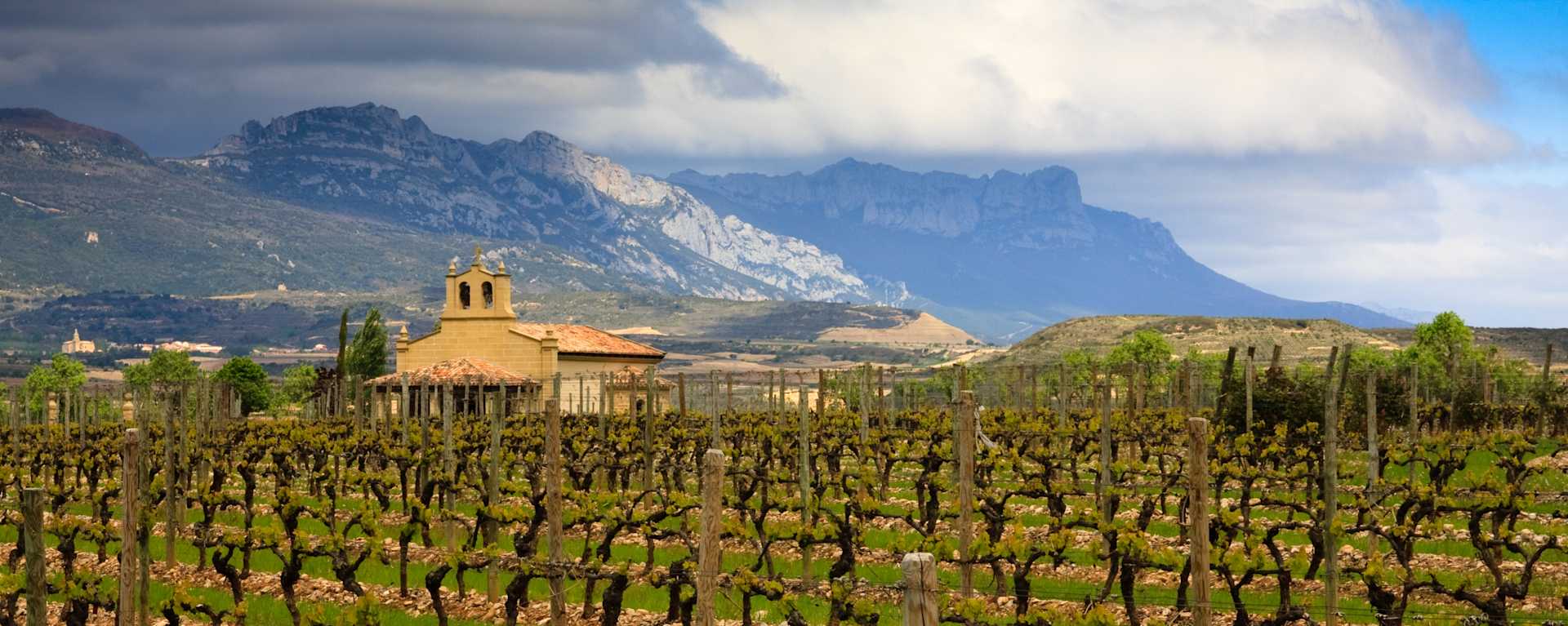Envinate Benje 2022
-
Robert
Parker



Product Details
Your Rating
Somm Note
Winemaker Notes
Pair it with herb-roasted lamb or Greek lemon potatoes.
Professional Ratings
-
Robert Parker's Wine Advocate
The red 2022 Benje is floral, expressive, clean and elegant, reflecting a very good year in the region, with notes of rose petals and talcum powder, a fine texture and very elegant tannins. This has to be the most elegant Benje to date.
Rating: 94+
Other Vintages
2021-
James
Suckling
-
Robert
Parker


With hundreds of red grape varieties to choose from, winemakers have the freedom to create a virtually endless assortment of blended red wines. In many European regions, strict laws are in place determining the set of varieties that may be used, but in the New World, experimentation is permitted and encouraged resulting in a wide variety of red wine styles. Blending can be utilized to enhance balance or create complexity, lending different layers of flavors and aromas. For example, a red wine blend variety that creates a fruity and full-bodied wine would do well combined with one that is naturally high in acidity and tannins. Sometimes small amounts of a particular variety are added to boost color or aromatics. Blending can take place before or after fermentation, with the latter, more popular option giving more control to the winemaker over the final qualities of the wine.
How to Serve Red Wine
A common piece of advice is to serve red wine at “room temperature,” but this suggestion is imprecise. After all, room temperature in January is likely to be quite different than in August, even considering the possible effect of central heating and air conditioning systems. The proper temperature to aim for is 55° F to 60° F for lighter-bodied reds and 60° F to 65° F for fuller-bodied wines.
How Long Does Red Wine Last?
Once opened and re-corked, a bottle stored in a cool, dark environment (like your fridge) will stay fresh and nicely drinkable for a day or two. There are products available that can extend that period by a couple of days. As for unopened bottles, optimal storage means keeping them on their sides in a moderately humid environment at about 57° F. Red wines stored in this manner will stay good – and possibly improve – for anywhere from one year to multiple decades. Assessing how long to hold on to a bottle is a complicated science. If you are planning long-term storage of your reds, seek the advice of a wine professional.

Set of islands off the coast of Morocco and south of Madeira that host a wide range of indigenous and unique grape varieties. Soils are volcanic and recent subsidies from the local government has led to a revival of the islands’ old vines.